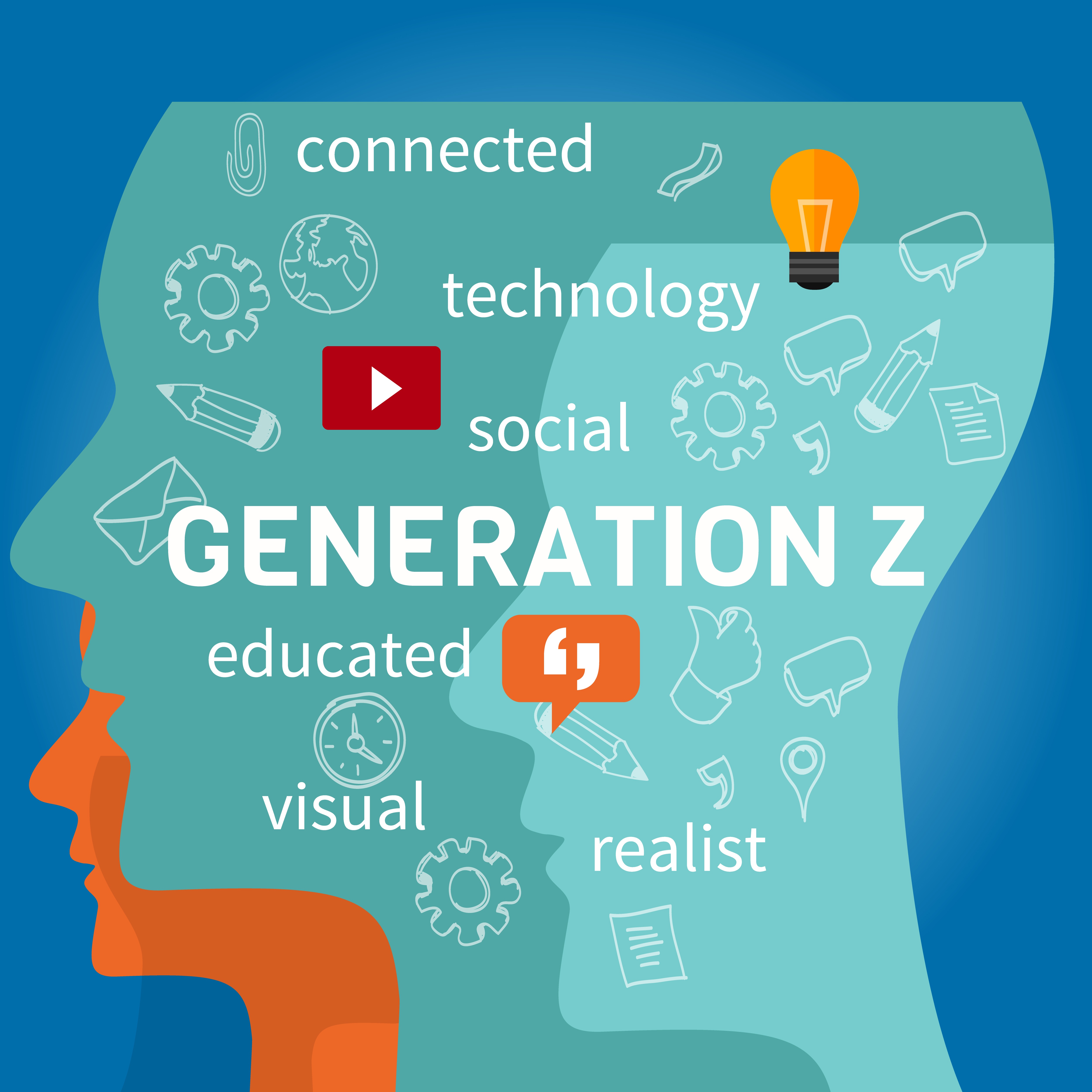Already, the millennial generation is beginning to shape the workplace. According to the US Bureau of Labor Statistics, millennials form 25% of the today’s workforce, and by 2030, they will occupy 75%.
Millennials' attitudes towards work, their vast knowledge in technologies, and their strong career aspirations will determine the culture of the 21st century workplace. Therefore, this generation is not only different but also a very crucial engine that will steer the world economy in the coming decades.
A lot is said about these “digital natives,” but much of it is conjecture. Mostly, what is said about millennials is said through the biased lenses of Baby Boomers and Gen Xers. Employers need to shed this narrow thinking and separate the facts from myths about this demographic.
Here are the five most common employment myths about millennials you need to get right.
Myth 1: Millennials want constant acclamation.
Millennials are said to crave positive reinforcement and tend to think that everyone in the team “deserves a trophy.” However, a study by IBM showed that this is just a misconception. The study found that millennials value feedback and a fair manager who recognizes their accomplishments.



















